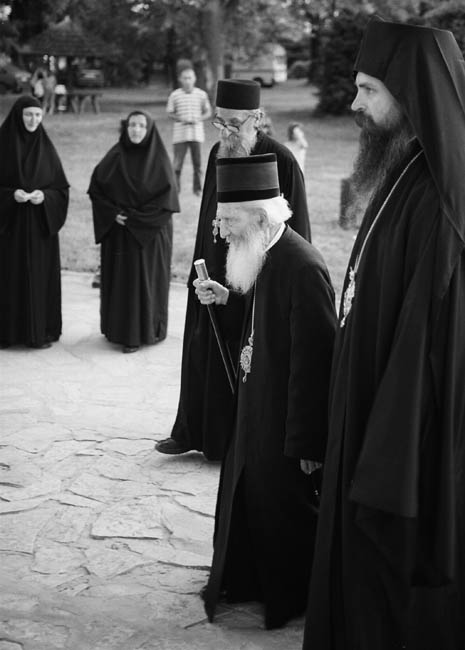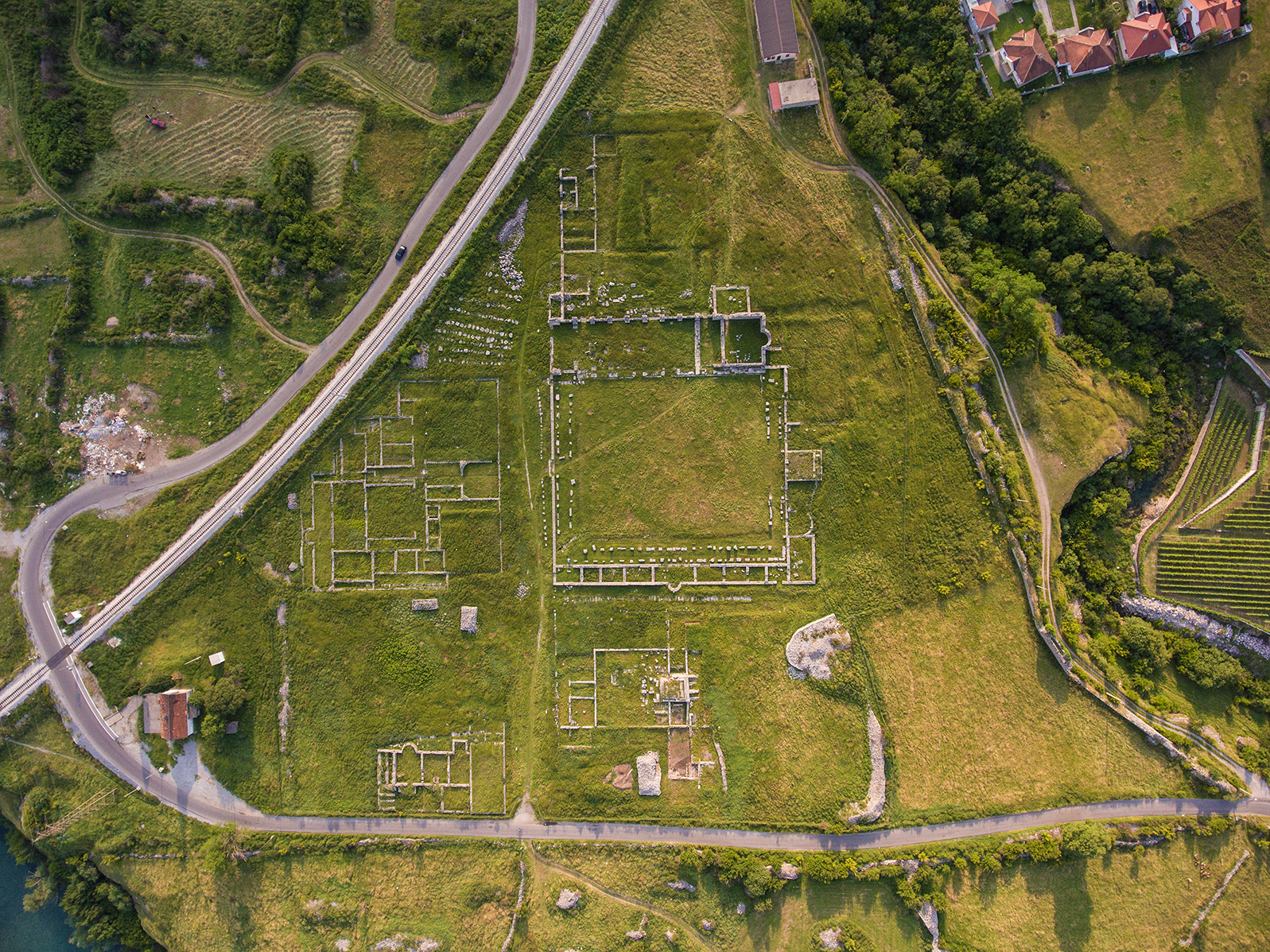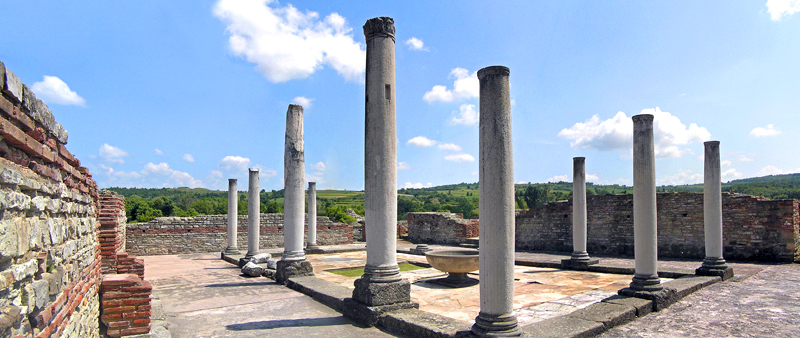|
Big Brother (Serbian Season 3)
''Veliki Brat 2009'' is the third season of the television reality show ''Veliki Brat'', the Serbian, Bosnian, Montenegrin and Macedonian joint version of '' Big Brother''. Macedonia joined the ''Veliki Brat'' for the first time, setting the record number of participating countries in Veliki Brat to four. The show started on 21 September 2009 and ended on 30 December 2009. Production Theme During the live launch, presenters said on more than one occasion that Big Brother will be two-faced. As a result of this Big Brother gave housemates many secret tasks, which sometimes meant stealing other housemates' items. During the diary-room interviews, Big Brother also pushed some of the housemates to their tipping points and didn't help them sort out their problems with other housemates or other sorts of issues they had. Another example of Big Brother being two-faced is when the housemates had a chance to name two of the evicted housemates who'd they like to see back in the ho ... [...More Info...] [...Related Items...] OR: [Wikipedia] [Google] [Baidu] |
Marijana Mićić
Marijana Mićić (Serbian Cyrillic: Маријана Мићић; born 20 March 1983) is a Serbian TV host, and occasional actress, best known as the host of '' Veliki Brat'', the Serbian version of '' Big Brother''. She has hosted a number of shows, most of them for the Serbian production company Emotion. She also took part in the Serbian remake of ''The Simple Life'', alongside Ana Mihajlovski. Sometimes other TV hosts address her by her nickname Mara. During 2008, while hosting ''Najgori od sve dece'', she and her co-host, Maca, came up with a sentence which later became their catchphrase: "Najav'la!". Appearances As an actress: *2004 ''Te quiero, Radiša'' (''I love you, Radiša''), TV movie *2007 ''Ljubav i mržnja'' (''Love and hate''), TV series As a contestant: *2004–2006 ''Jednostavan život'' (''The Simple Life''), reality TV series As a host: *2003 ''Bunga Banga Re'', children's interactive television Interactive television is a form of Technological convergence ... [...More Info...] [...Related Items...] OR: [Wikipedia] [Google] [Baidu] |
Živinice
Živinice is a city located in Tuzla Canton in the Federation of Bosnia and Herzegovina, an entity of Bosnia and Herzegovina. It is located in northeastern Bosnia and Herzegovina, south of Tuzla. As of 2013, it has a population of 57,765 inhabitants. History In the 7th century, Slavic tribes settled permanently in the area of the town of Živinice. The medieval territory of Živinice was part of the Bosnian Kingdom, Bosnian state, the areas of Gostilj, Dramešin and Soli as independent political units that lost those attributes before the arrival of the Ottoman Turks, Ottomans in Bosnia. The settlement of Živinice as an urban location probably originated in the 18th century. The municipality of Živinice was formed on 19. June 1959, after a decision by the National Assembly of the Socialist Republic of Bosnia and Herzegovina, People's Republic of Bosnia and Herzegovina was passed. The origin of the name Živinice is still unknown. According to historian Muhamed Hadžijahić Ž ... [...More Info...] [...Related Items...] OR: [Wikipedia] [Google] [Baidu] |
Serbian Patriarch Pavle
Pavle ( sr-cyr, Павле, ''Paul''; 11 September 1914 – 15 November 2009) was the patriarch of the Serbian Orthodox Church from 1990 to his death. His full title was ''His Holiness the Patriarchal Monastery of Peć, Archbishop of Peć, Metropolitan of Belgrade and Sremski Karlovci, Karlovci, and Serbian Patriarch Pavle''. Before his death, he was the oldest living leader of an Eastern Orthodox church. Because of poor health, he spent his last years in the Military Medical Academy (Serbia), Military Medical Academy in Belgrade, while his duties were carried out by Amfilohije Radović, Metropolitan Amfilohije. Early life Pavle was born as Gojko Stojčević (Гојко Стојчевић) in the village of Kućanci near Magadenovac, then part of Austria-Hungary (present-day Croatia). He lost both of his parents in childhood, and was raised by an aunt. After finishing elementary school, Pavle graduated from a gymnasium (school), gymnasium in Belgrade, then studied at the se ... [...More Info...] [...Related Items...] OR: [Wikipedia] [Google] [Baidu] |
Podgorica
Podgorica ( cnr-Cyrl, Подгорица; ) is the Capital city, capital and List of cities and towns in Montenegro, largest city of Montenegro. The city is just north of Lake Skadar and close to coastal destinations on the Adriatic Sea. Historically, it was Podgorica's position at the confluence of the Ribnica (Morača), Ribnica and Morača River, Morača rivers and at the meeting-point of the fertile Zeta Plain and Bjelopavlići Valley that encouraged settlement. The surrounding landscape is predominantly mountainous terrain. After World War II, Podgorica was first designated as the capital of Montenegro in 1946. At that time, it was renamed Titograd in honor of Josip Broz Tito, the leader of Yugoslavia. It served as the capital of the Socialist Republic of Montenegro within the Socialist Federal Republic of Yugoslavia until Montenegro's declaration of independence in 2006, after which it was reaffirmed as the capital of an independent Montenegro. The city's original name, Pod ... [...More Info...] [...Related Items...] OR: [Wikipedia] [Google] [Baidu] |
Novi Beograd
New Belgrade (, ) is a Subdivisions of Belgrade, municipality of the city of Belgrade. It was a Planned community, planned city and now is the central business district of Serbia and South East Europe. Construction began in 1948 in a previously uninhabited area on the left bank of the Sava river, opposite old Belgrade. In recent years, it has become the central business district of Belgrade and its fastest developing area, with many businesses moving to the new part of the city, due to more modern infrastructure and larger available space. With 209,763 inhabitants, it is the second most populous municipalities of Serbia, municipality of Serbia after Novi Sad. Geography New Belgrade is located on the left bank of the Sava River, in the easternmost part of the Srem region. Administratively, its northeastern section touches the right bank of the Danube, right before its confluence with the Sava. New Belgrade is located generally west of 'Old' Belgrade, to which it is connected by six ... [...More Info...] [...Related Items...] OR: [Wikipedia] [Google] [Baidu] |
Zaječar
Zaječar ( sr-Cyrl, Зајечар, ; or ) is a city and the administrative center of the Zaječar District in eastern Serbia. According to the 2022 census, the city administrative area had a population of 48,621 inhabitants. Zaječar is widely known for its rock music festival '' Gitarijada'' and for the ZALET festival dedicated to contemporary art. Name In Serbian, the city is known as ''Zaječar'' (; in Romanian as ''Zaicear'', ''Zăiicer'' (archaic name), ''Zăiceri'', ''Zăicear'' or ''Zăiceari''; in Macedonian as and in Bulgarian as (''Zaychar''). The origin of the name is from the Torlak dialect name for "hare" = ''zajec'' / (in all other Serbian dialects it is ''zec'' / , while in Bulgarian it is / zaek"). It means "the man who breeds and keeps hares". Folk etymology in Romanian, gives "Zăiicer" as meaning "the Gods are asking (for sacrifice)". Early renderings of the city in English used ''Saitchar''. History Ancient Three Roman Emperors were born in ... [...More Info...] [...Related Items...] OR: [Wikipedia] [Google] [Baidu] |
Zemun
Zemun ( sr-cyrl, Земун, ; ) is a Subdivisions of Belgrade, municipality in the city of Belgrade, Serbia. Zemun was a separate town that was absorbed into Belgrade in 1934. It lies on the right bank of the Danube river, upstream from downtown Belgrade. The development of New Belgrade in the late 20th century expanded the continuous urban area of Belgrade and merged it with Zemun. The town was conquered by the Kingdom of Hungary in the 12th century and in the 15th century it was given as a personal possession to the Serbian Despotate, Serbian despot Đurađ Branković. After the Serbian Despotate fell to the Ottoman Empire in 1459, Zemun became an important military outpost. Its strategic location near the confluence of the Sava and the Danube placed it in the center of the continued border wars between the Habsburg Empire, Habsburg and the Ottoman empires. The Treaty of Passarowitz of 1718 finally placed the town into Habsburg possession, the Military Frontier was organized in ... [...More Info...] [...Related Items...] OR: [Wikipedia] [Google] [Baidu] |
Skopje
Skopje ( , ; ; , sq-definite, Shkupi) is the capital and largest city of North Macedonia. It lies in the northern part of the country, in the Skopje Basin, Skopje Valley along the Vardar River, and is the political, economic, and cultural center of the country. As of the 2021 North Macedonia census, 2021 census, the city had a population of 526,502. Skopje covers 571.46 km² and includes both urban and rural areas, bordered by several Municipalities of North Macedonia, municipalities and close to the borders of Kosovo and Serbia. The area of Skopje has been continuously inhabited since at least the Chalcolithic period. The city — known as ''Scupi'' at the time — was founded in the late 1st century during the rule of Domitian, and abandoned in 518 after an earthquake destroyed the city. It was rebuilt under Justinian I. It became a significant settlement under the First Bulgarian Empire, the Serbian Empire (when it served briefly as a capital), and later under the Otto ... [...More Info...] [...Related Items...] OR: [Wikipedia] [Google] [Baidu] |
Nikšić
Nikšić (Cyrillic script, Cyrillic: Никшић, ), is the second largest city in Montenegro, with a total population of 32,046 (2023 census) located in the west of the country, in the centre of the spacious Nikšić field at the foot of Trebjesa Hill. It is the center of Nikšić Municipality with population of 65,705 according to 2023 census, which is the largest municipality by area and second most inhabited after Podgorica. It was also the largest municipality by area in the former Yugoslavia. It is an important industrial, cultural, and educational center. Name In classical antiquity, the area of Nikšić was the site of the settlement of the Illyrians, Illyrian tribe of the Endirudini and was known in sources of the time as Anderba or Enderon. The Roman Empire built a Castra, military camp (''castrum Anderba'') in the 4th century AD, which was known as the Ostrogothic fortress ''Anagastum'' (after 459. AD). After Slavic settlement in the region, Anagastum became Slavic ''Ono ... [...More Info...] [...Related Items...] OR: [Wikipedia] [Google] [Baidu] |
Ljupten
Ljupten () is a village in the municipality of Aleksinac, Serbia , image_flag = Flag of Serbia.svg , national_motto = , image_coat = Coat of arms of Serbia.svg , national_anthem = () , image_map = , map_caption = Location of Serbia (gree .... According to the 2002 census, the village has a population of 408 people.Popis stanovništva, domaćinstava i Stanova 2002. Knjiga 1: Nacionalna ili etnička pripadnost po naseljima. Republika Srbija, Republički zavod za statistiku Beograd 2003. References {{coord, 43, 25, 32, N, 21, 34, 43, E, region:RS-20_type:city_source:kolossus-dewiki, display=title Populated places in Nišava District ... [...More Info...] [...Related Items...] OR: [Wikipedia] [Google] [Baidu] |
Maradik
Maradik () is a village in Serbia. It is situated in the Autonomous Province of Vojvodina, in the region of Syrmia (Syrmia District), in Inđija municipality. Maradik is located about 10 km west of Inđija. The village has a 60% Serb ethnic majority and its total population in 2011 was 2,095. Name In Serbian language, Serbian, the village is known as ''Maradik'' or Марадик, in Croatian language, Croatian as ''Maradik'', and in Hungarian language, Hungarian as ''Maradék''. History After Hungarian Roman Catholic residents of the village were rejected by bishop Josip Juraj Strossmayer in their request to get Hungarian language speaking priest, their representatives went to Budapest to meet reformed bishop to request collective conversion to Protestantism. Ethnic groups (2002 census) *Serbs = 1,394 (60.66%) *Hungarians = 552 (24.02%) *Croats = 105 (4.57%) *Yugoslavs = 90 (3.92%) Historical population *1961: 2,651 *1971: 2,350 *1981: 2,255 *1991: 2,120 *2002: 2,2 ... [...More Info...] [...Related Items...] OR: [Wikipedia] [Google] [Baidu] |
Pirot
Pirot ( sr-Cyrl, Пирот) is a city and the administrative center of the Pirot District in southeastern Serbia. According to 2022 census, the urban area of the city has a population of 34,942, while the population of the city administrative area has 49,601 inhabitants. The city has rich geographical features, including the mountains of Stara Planina, Vlaška Planina, Belava, Suva Planina; rivers which flow through the town, including Nišava, Jerma, Rasnička Reka, Temštica and the Visočica; and four lakes, the Zavoj Lake, Berovacko Lake, Krupac Lake and Sukovo Lake. It also has a rich culture, with notable Orthodox church buildings, including the Church of St. Petka, and the monastery of St. Georges and St. John the Theologian from the late 14th century, both of which display an example of medieval architecture. Pirot is known for its traditional woven carpet, the Pirot carpet (''Pirot ćilim''). Geography The municipality of Pirot covers an area of , with over sev ... [...More Info...] [...Related Items...] OR: [Wikipedia] [Google] [Baidu] |





